A modeling by a child 15 years old has revived the debate on coplanar galaxies.
The Great Andromeda Galaxy and our galaxy the Milky Way are the two largest galaxies in the Local Group. The Milky Way and the Andromeda galaxy have satellite galaxies. These two giant spirals belong to a group even bigger at least 20 galaxies with M31, M33, Maffei I and II Maffei, the Large and Small Magellanic Cloud, the set is called the Local Group.
All these galaxies are moving around apparently a common center between our galaxy and the Andromeda galaxy. This is by modeling the rotations of the galaxies around Andromeda, Neil Ibata, a high school student in Strasbourg 15 years old, calls into question the random distribution of galaxies in space.
Twenty dwarf galaxies orbiting the Andromeda galaxy. The most massive is spiral Triangle galaxy but M110 and M32 are often visible on all images of the Andromeda galaxy. A study published in 2006 indicates that all satellite galaxies are coplanar i.e. located on the same plane passing through the center of the Andromeda galaxy. However Andromeda II, M110 and NGC 185 deviate significantly. This coplanar distribution of galaxies remains an enigma. | | Scientists have wondered what was the probability that randomly placed galaxies can form a planar structure around the Andromeda galaxy.
It is in 2012 that Neil Ibata, at the request of his father, astrophysicist, has developed a modeling movements of dwarf galaxies in the Andromeda galaxy. « I had to do an internship to learn the computer language Python. My father asked me to put into practice that I had learned to see the data he had collected for several years with his team on the Andromeda galaxy. »
His father Rodrigo Ibata, English astrophysicist Strasbourg Observatory and his team analyzed the results. Scientific discovery, published January 3, 2013 in the British magazine Nature, is important because it challenges existing theories about dark matter and galaxy formation.
This young man modeling shows that observed spatial alignment of dwarf galaxies is very unlikely that this is a coincidence random.
NB: (1 light-years (ly) = 9,500 billion km). A light-year is the distance traveled by light in a vacuum in one year, about 10,000 billion kilometers. | | 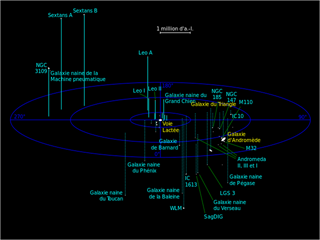 Image: some galaxies of the local group.
author Richard Powell. |
The giant spiral galaxies are assembled from smaller systems through a process known as hierarchical clustering.
Orbiting around of this giants, gravitate dwarf galaxies, which are probably the remains of ancestors galaxies.
Recent studies of dwarf galaxies of the Milky Way have led some astronomers to believe that their orbits are not randomly distributed.
This suspicion, which challenges current theories of galaxy formation, is now reinforced by the discovery of a plan of dwarf galaxies that orbit as a coherent whole around the Andromeda galaxy.
The structure is extremely thin, but contains about half of the dwarf galaxies in the Andromeda system. | | Rodrigo Ibata and his team reported that 13 of the 15 satellites in the plan share the same sense of rotation. Image: Monte Carlo tests for statistical significance.
The Monte Carlo test procedure is to compare the observed data with random samples generated in accordance with the hypotheses to be tested. Three-dimensional modeling repeated 1000 times with 27 satellites subsets of 15 satellites, gives a probability of 0.13%, this shows that the observed spatial alignment of dwarf galaxies is not due to chance coincidence.
Credit Nature 11717. | | 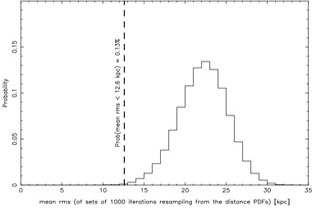 |
The Andromeda Galaxy is the 31st entry in the catalog of diffuse sky objects, established by the French astronomer Charles Messier. M31 is about 2.4 to 2.9 million light years from our galaxy, i.e. that its light takes about 2.4 to 2.9 million years to reach us. This galaxy is one of the few galaxies visible to the naked eye, when the climatic conditions are favorable. Its apparent diameter is huge since it amounts, as seen from Earth diameters to 5 full moon.
Its diameter is 170,000 light-years.
Twenty dwarf galaxies orbiting the Andromeda galaxy including the most massive Triangle galaxy but M32, M110, NGC185, NGC 147, IC 10, Andromeda I, Andromeda II, Andromeda III and many others part. Regarding the formation of galaxies, there is a fairly general agreement on the Lambda-CDM cosmological model (Lambda Cold Dark Matter). | | In this model we admit that galaxies increase their mass by grouping and merging with other galaxies, which determine their form and structure. Image: The galaxy M31 has an apparent magnitude of 3.38, making it visible to the naked eye on a dark night. The diffuse glow of Andromeda is none other than the light accumulated hundreds of billions of stars that compose it. The stars we see in the foreground of this picture of Andromeda, are actually stars in our own galaxy. At the bottom right you can see his companion, the dwarf galaxy NGC 205 or M110. The big bright spot 10 H very close to the disk of M31 is M32 another companion galaxy. Credit: Robert Gendler (robgendlerastropics.com). | | 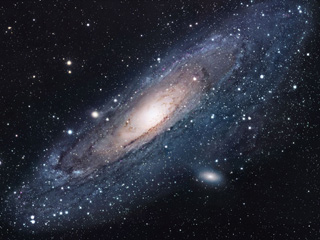 |



 Automatic translation
Automatic translation


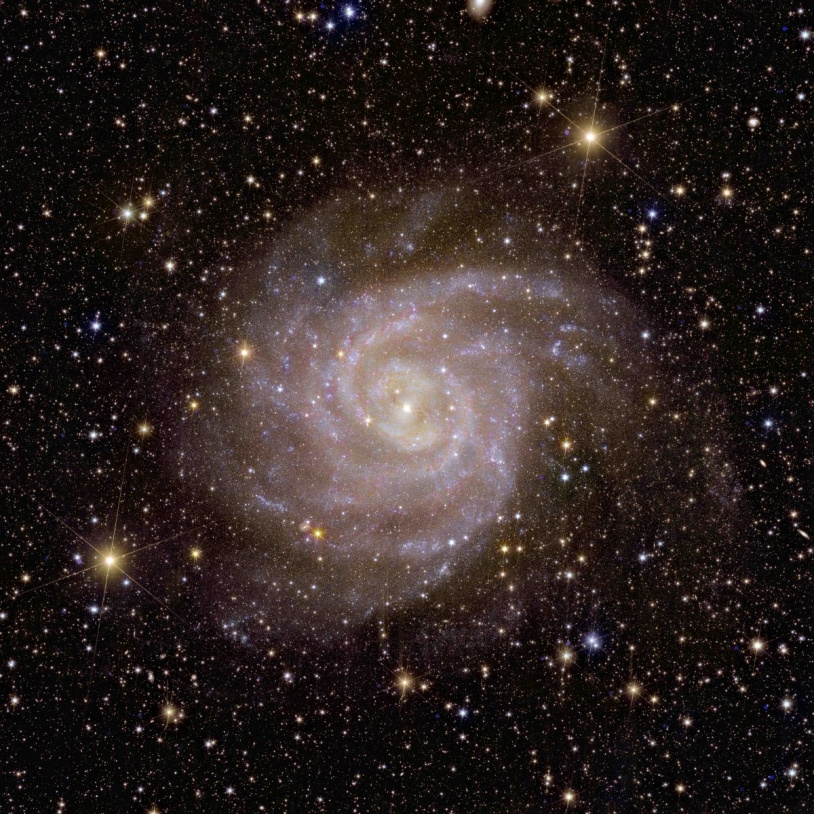 The hidden galaxy, one of Euclid's first images
The hidden galaxy, one of Euclid's first images
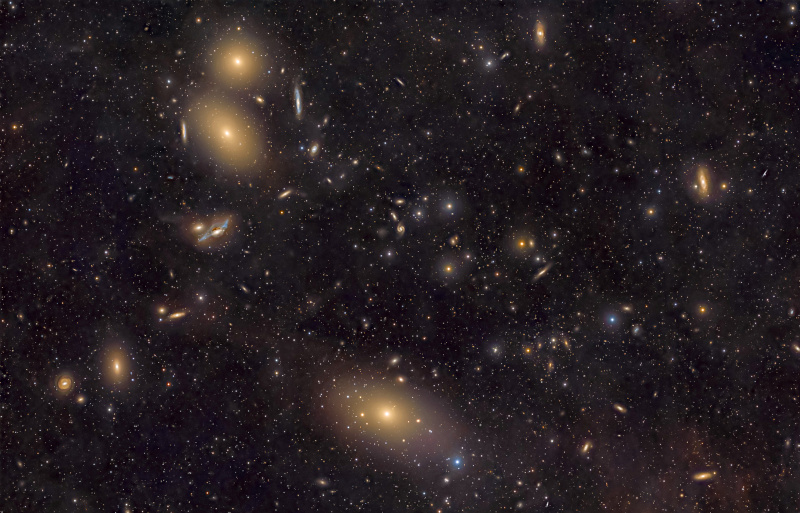 The Virgo Cluster spans approximately three Full Moons
The Virgo Cluster spans approximately three Full Moons
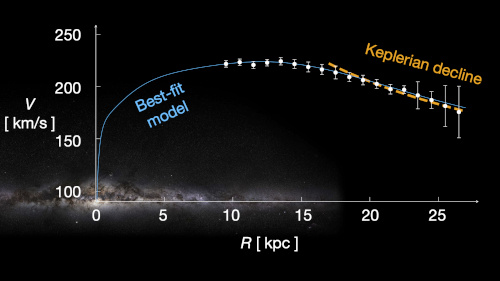 Where did the dark matter in our Galaxy go?
Where did the dark matter in our Galaxy go?
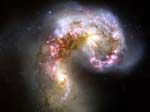 Merging galaxies and black holes
Merging galaxies and black holes
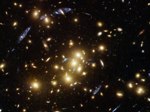 Mirages created by gravitational lenses
Mirages created by gravitational lenses
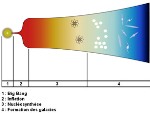 Mystery of the Big Bang, the problem of the horizon
Mystery of the Big Bang, the problem of the horizon
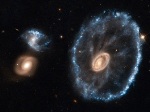 Cartwheel Galaxy Cosmic Event
Cartwheel Galaxy Cosmic Event
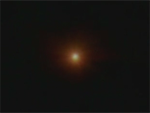 The first second of our history
The first second of our history
 A small galaxy tears apart the large NGC 6745
A small galaxy tears apart the large NGC 6745
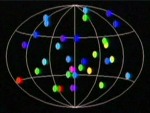 The mystery of gamma bursts
The mystery of gamma bursts
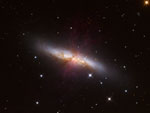 The Cigar Explosion
The Cigar Explosion
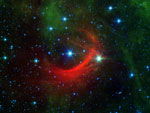 Shockwaves
Shockwaves
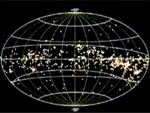 Gould's belt, a stellar fireworks display
Gould's belt, a stellar fireworks display
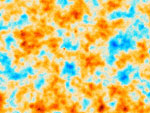 Recombination in cosmology
Recombination in cosmology
 Journey to the center of our galaxy
Journey to the center of our galaxy
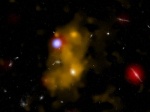 Lyman-alpha bubbles
Lyman-alpha bubbles
 Andromeda in the ultraviolet
Andromeda in the ultraviolet
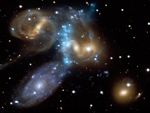 The most beautiful galaxy clusters
The most beautiful galaxy clusters
 Tinkerbell merger of three galaxies
Tinkerbell merger of three galaxies
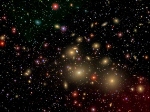 A gigantic black hole
A gigantic black hole
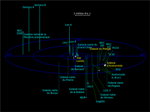 Enigma of coplanar galaxies
Enigma of coplanar galaxies
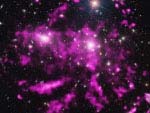 The cluster of galaxies Coma in its soup
The cluster of galaxies Coma in its soup
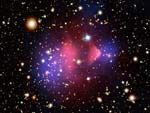 The cannonball, proof of dark matter
The cannonball, proof of dark matter
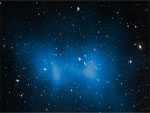 El Gordo galaxy cluster
El Gordo galaxy cluster
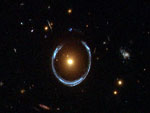 Einstein ring and cross
Einstein ring and cross
 How to measure distances in the Universe?
How to measure distances in the Universe?
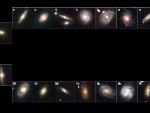 The Hubble sequence and types of galaxies
The Hubble sequence and types of galaxies
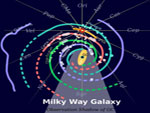 The spiral shape of the galactic arms
The spiral shape of the galactic arms
 Even more stars, the Cigar galaxy
Even more stars, the Cigar galaxy
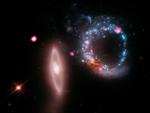 The Universe of X-rays
The Universe of X-rays
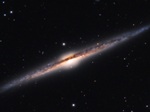 The most beautiful galaxies
The most beautiful galaxies
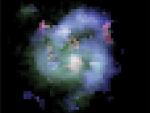 The oldest galaxies in the universe
The oldest galaxies in the universe
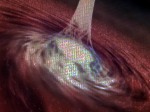 Quasars the nuclei of galaxies
Quasars the nuclei of galaxies
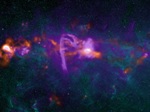 Sagittarius A black hole at the center of our Galaxy
Sagittarius A black hole at the center of our Galaxy
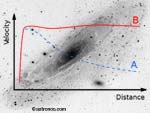 The MOND theory and its contradiction
The MOND theory and its contradiction
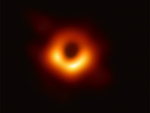 The first image of a black hole
The first image of a black hole
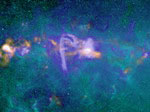 Central area of the Milky Way
Central area of the Milky Way
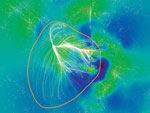 Laniakea, our supercluster of galaxies
Laniakea, our supercluster of galaxies